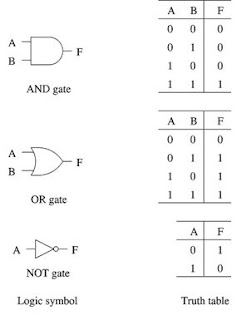The configuration of a mechanism changes in time based on
forces and motions applied to its components
l Forces
§ Internal (reaction forces)
§ External, or applied forces (gravity, compliant forces, etc.)
l Motions
§ Somebody prescribes the motion of a component of the mechanical system
l Recall Finite Element Analysis, boundary conditions are of two types:
§ Neumann, when the force is prescribed
§ Dirichlet, when the displacement is prescribed
l How?
They move in a way that obeys Newton’s second law
l Caveat: there are additional conditions (constraints) that need to be satisfies by the time evolution of these bodies, and these constraints come from the joints that connect the bodies (to be covered in detail later…)
To read further click on the link below:
http://www.mediafire.com/view/?48madgn6iw37z4b




























